Net art / research:
Aime Cesaire Collages:
This project began as a pedagogical tool to help understand Aime Cesaire‘s Surreal poem, “Notebook of a Return to the Native Land.” I plugged every noun from each stanza into Google Images intending to make a collages for each out of the results. Upon doing so I was struck with the odd juxtaposition of humorous Google images results and the visceral impactfulness of the source words and was reminded of the “Image Toy” program which I learned about from Katherine Behar’s essay, “Introduction to OOF.” This program created by Ian Bogost searches for images tagged as “object” throughout the internet and then compiles them. This has the effect of creating a census of the definition of the word “object.” One of the images that showed up tagged as “object” was a woman in a bunny costume, calling to mind the pattern of historically objectified groups being oppressed by their objecthood.
The initially pedagogical tool that I developed turned retroactive when I found an Image-Toy esque significance in the Google Images results of the nouns I focused on in each stanza. These served to illuminate many of Cesaire’s points on whitewashing and brutality and echoed his ironic tone in their incredulous contrasting lack of empathy. I chose thirteen of these sets of images that correlate to stanzas to make collages out of which, as a whole, can serve as a pedagogical tool when viewed along with the poem, almost like illustrations for his poem if they were made by the whole Internet, if only curated by myself.
The initially pedagogical tool that I developed turned retroactive when I found an Image-Toy esque significance in the Google Images results of the nouns I focused on in each stanza. These served to illuminate many of Cesaire’s points on whitewashing and brutality and echoed his ironic tone in their incredulous contrasting lack of empathy. I chose thirteen of these sets of images that correlate to stanzas to make collages out of which, as a whole, can serve as a pedagogical tool when viewed along with the poem, almost like illustrations for his poem if they were made by the whole Internet, if only curated by myself.
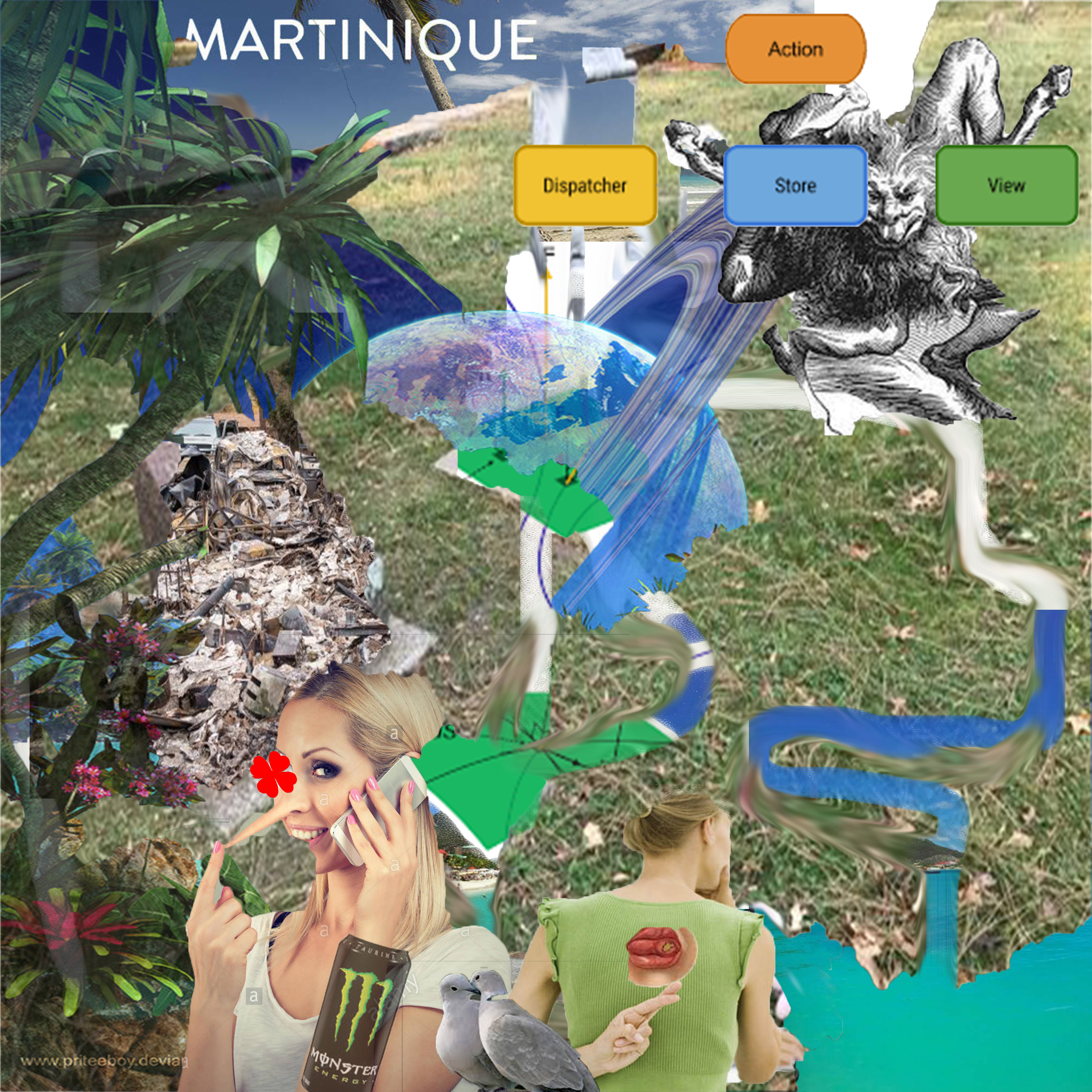



Stanzas: 1, 4, 20, 31

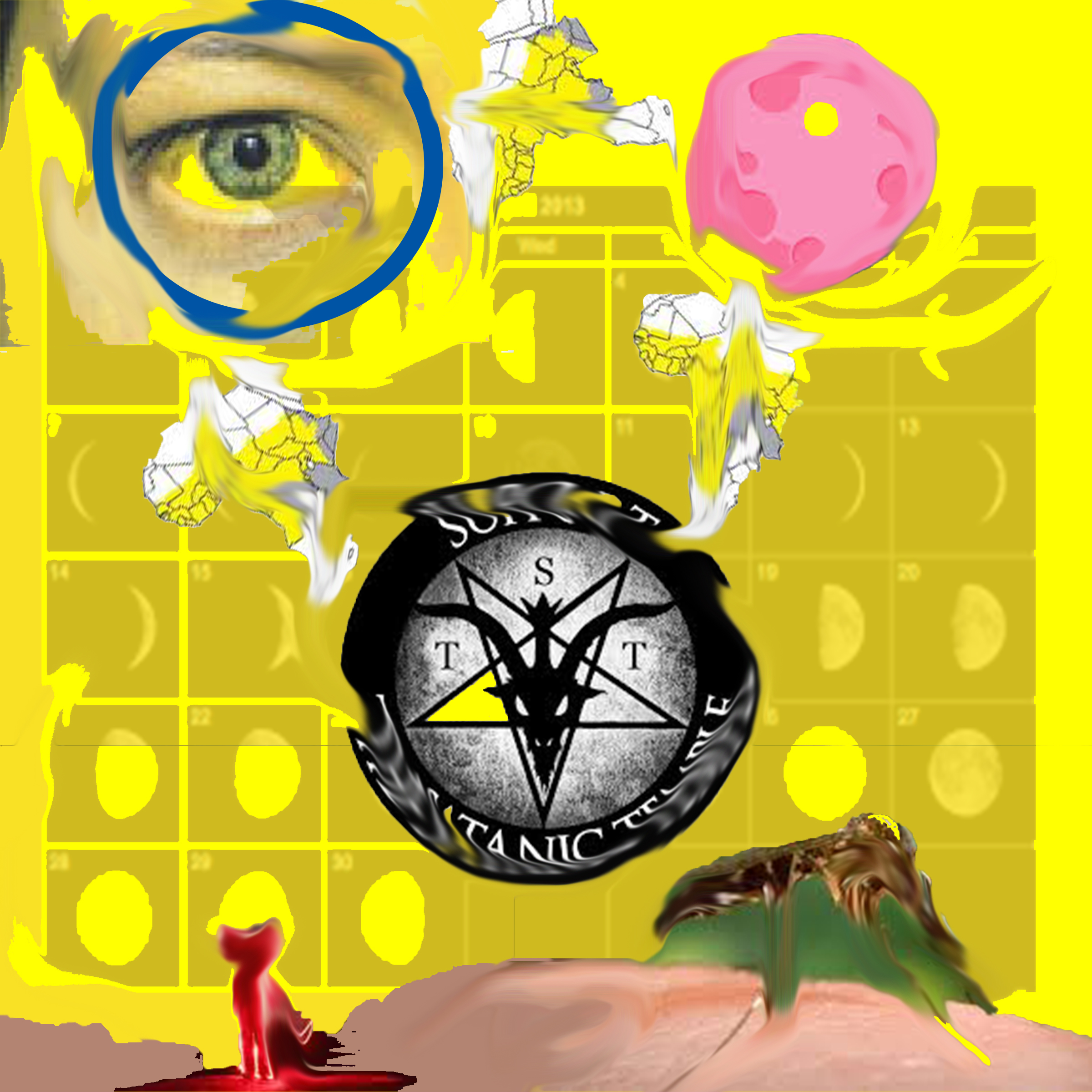


Stanzas: 43, 59, 65, 88


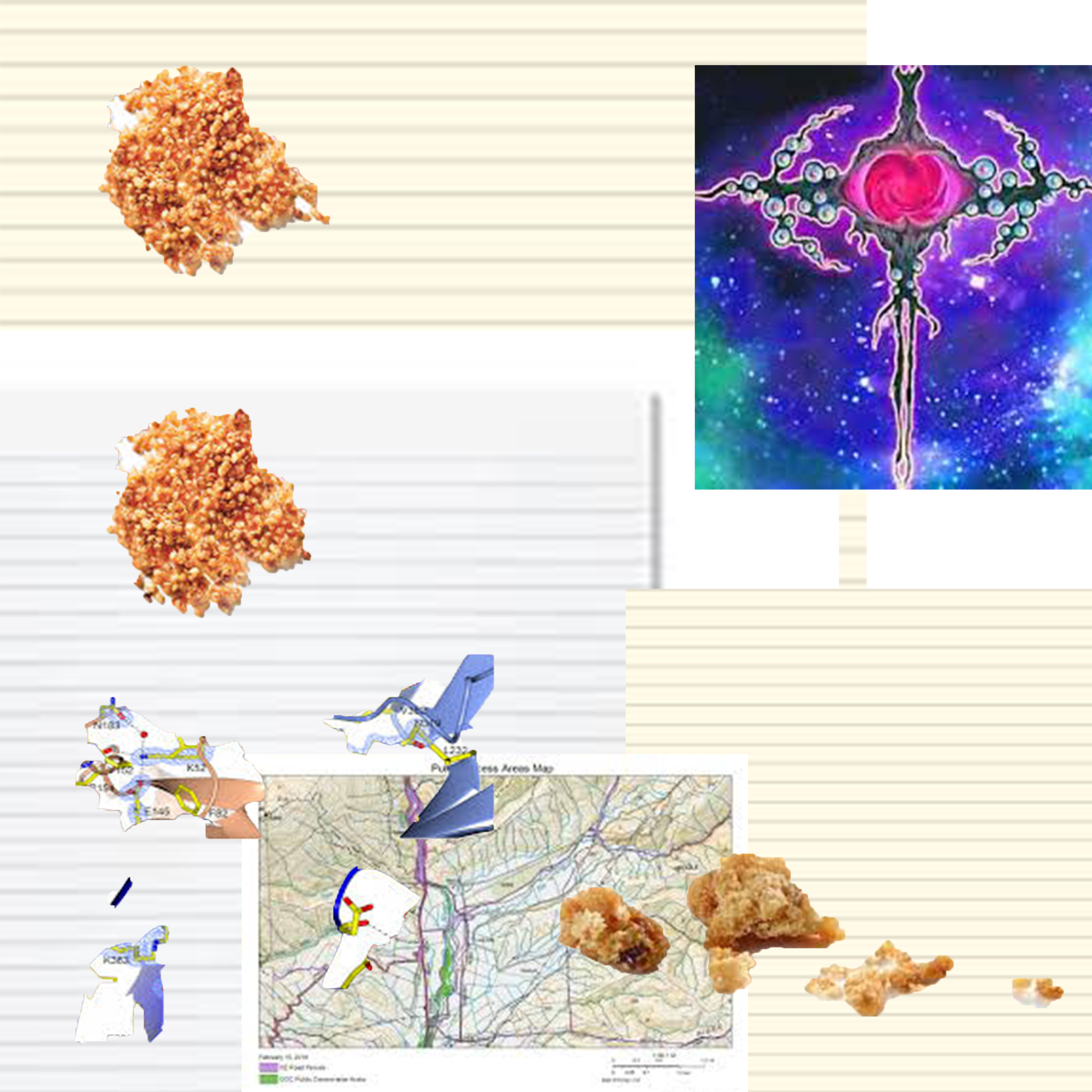


Stanzas: 89, 100, 108, 116, 130
Google Images Zine:
Originally, I had thought that there was great potential for the use of Google Images as a
census of public opinion. This would create
many possibilities for art and sociological analysis based on data communicated visually. However, the specificity, or lack thereof, of how user data is incorporated into the
algorithm renders the statistical merit of this census poor. Bias is clearly demonstrated, but
whether it originates in the search results due to user activity or the subjective
training of neural networks using flawed image sets is unclear.
When aggregated in a space such as Google Image results, the images in the array end up creating a sort of definition of whatever search term makes up the input. This becomes incredibely problematic when the image results reflect social bias or racism. The aggregations specify and constrain the knowledge of the input term to the array of images, framing social bias as definitive and factual.
The aggregation of image results create definitive image ontologies serving to distill the complexity of objective and subjective representations of a term into a format presented as objective. Instead of advocating for the regulation of search neutrality or the elimination of potentially negative bias that would require the opposite of neutrality, I instead urge only that technology not be viewed as the antithesis of human subjectivity. Rather, it should be recognized for what it is, a product of humans that cannot help but mimic our confusion regarding all definitions, including the definition of “truth.” I created a zine which spoke to this research.
When aggregated in a space such as Google Image results, the images in the array end up creating a sort of definition of whatever search term makes up the input. This becomes incredibely problematic when the image results reflect social bias or racism. The aggregations specify and constrain the knowledge of the input term to the array of images, framing social bias as definitive and factual.
The aggregation of image results create definitive image ontologies serving to distill the complexity of objective and subjective representations of a term into a format presented as objective. Instead of advocating for the regulation of search neutrality or the elimination of potentially negative bias that would require the opposite of neutrality, I instead urge only that technology not be viewed as the antithesis of human subjectivity. Rather, it should be recognized for what it is, a product of humans that cannot help but mimic our confusion regarding all definitions, including the definition of “truth.” I created a zine which spoke to this research.
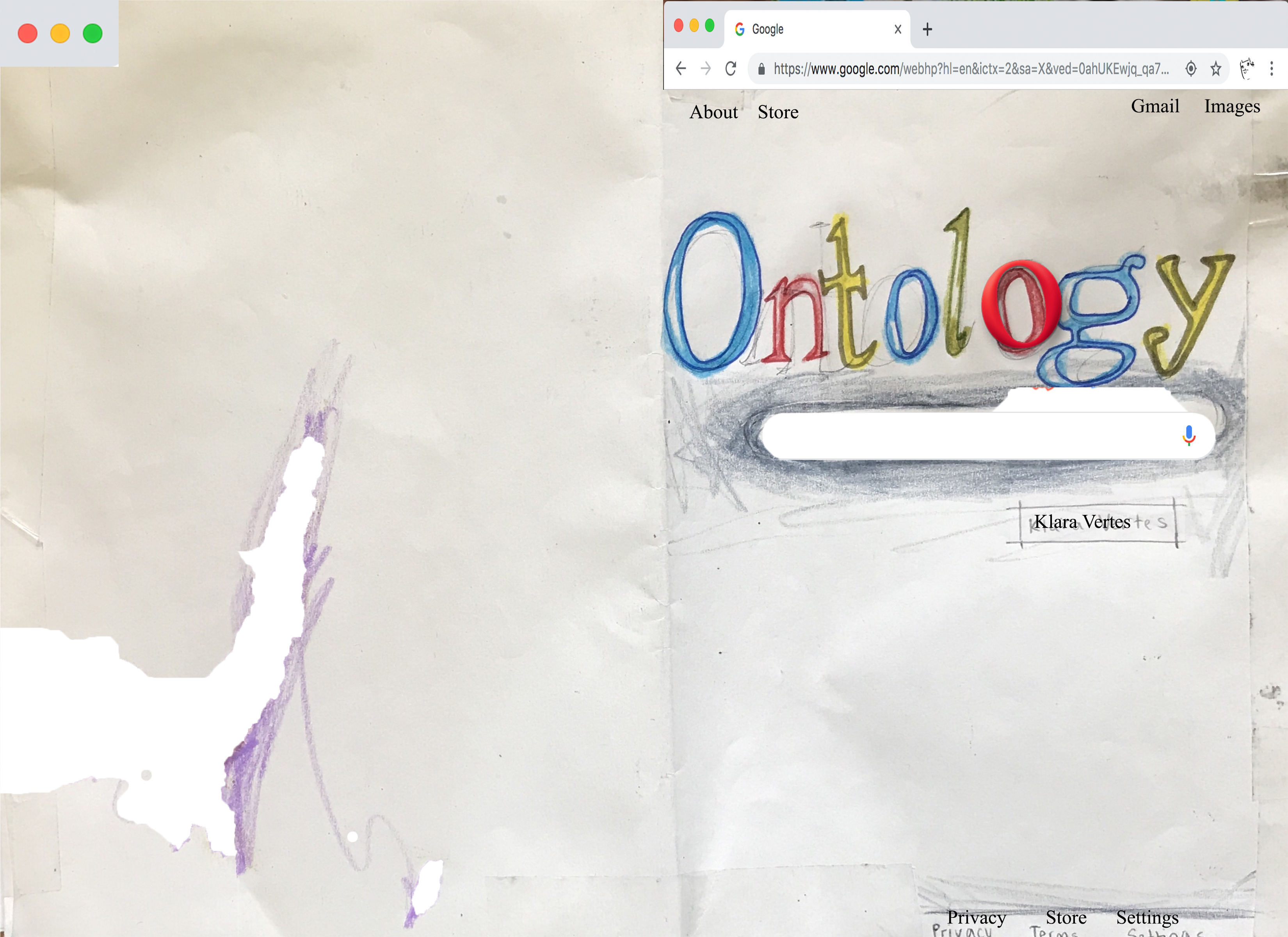
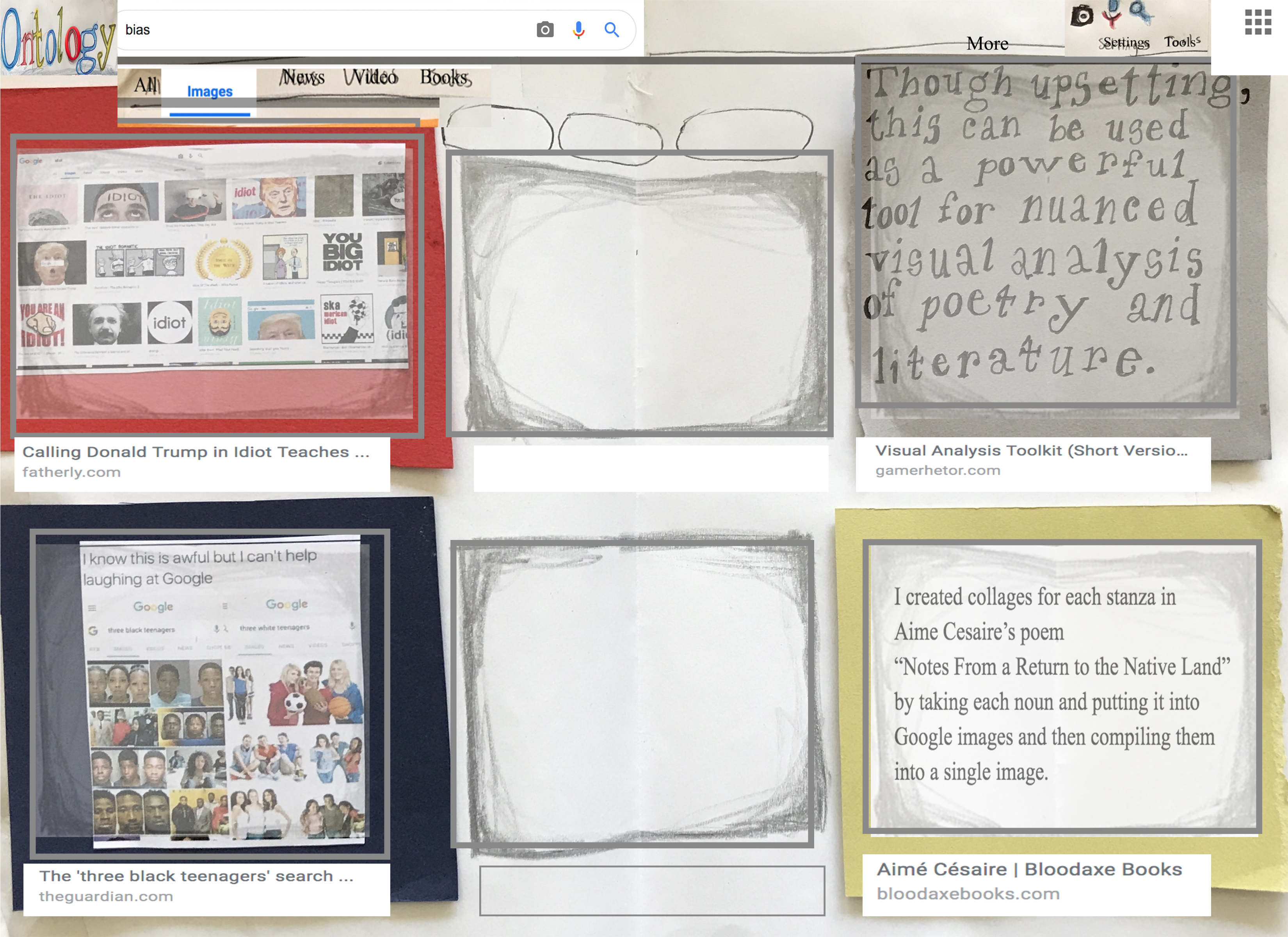
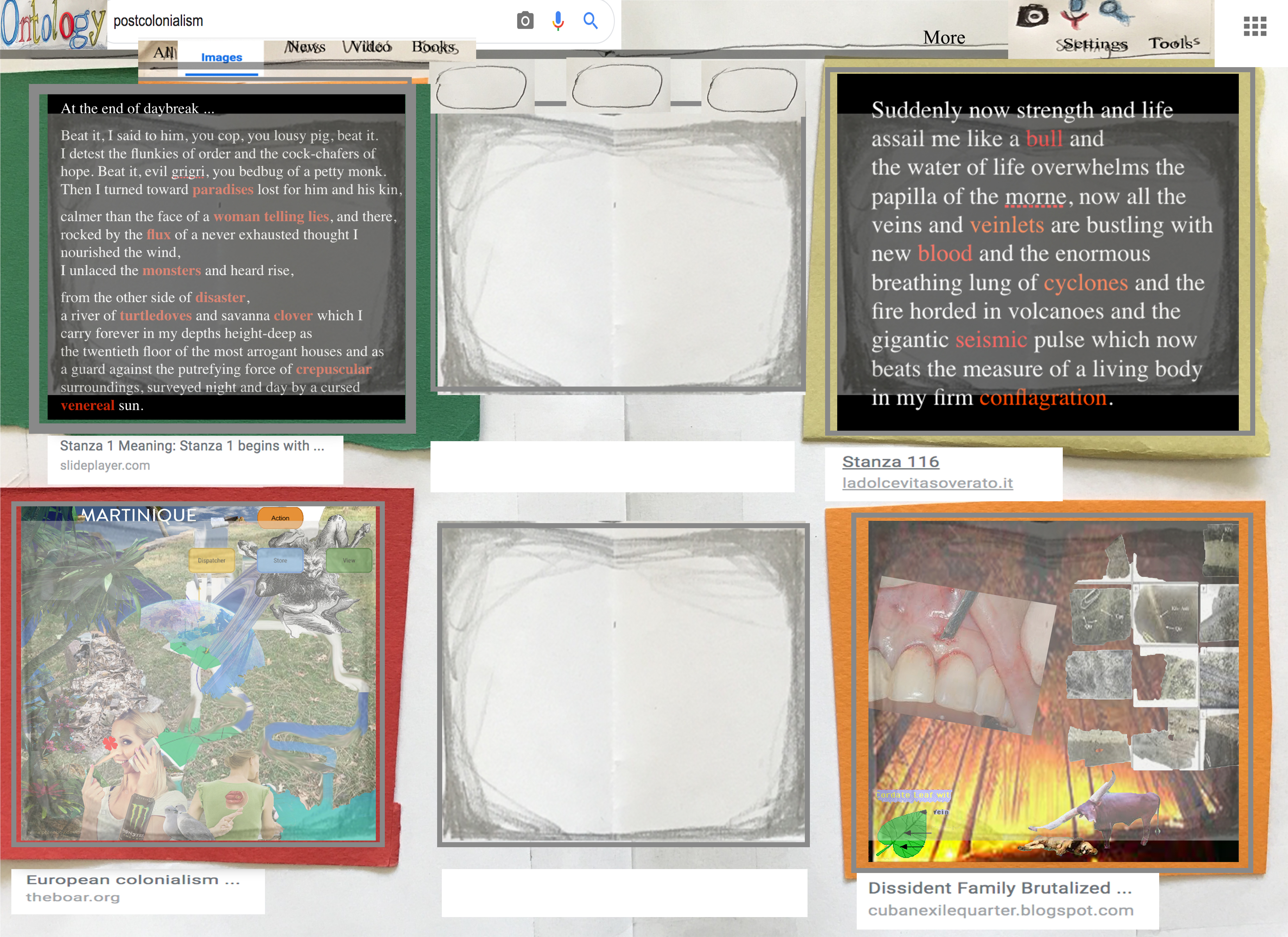
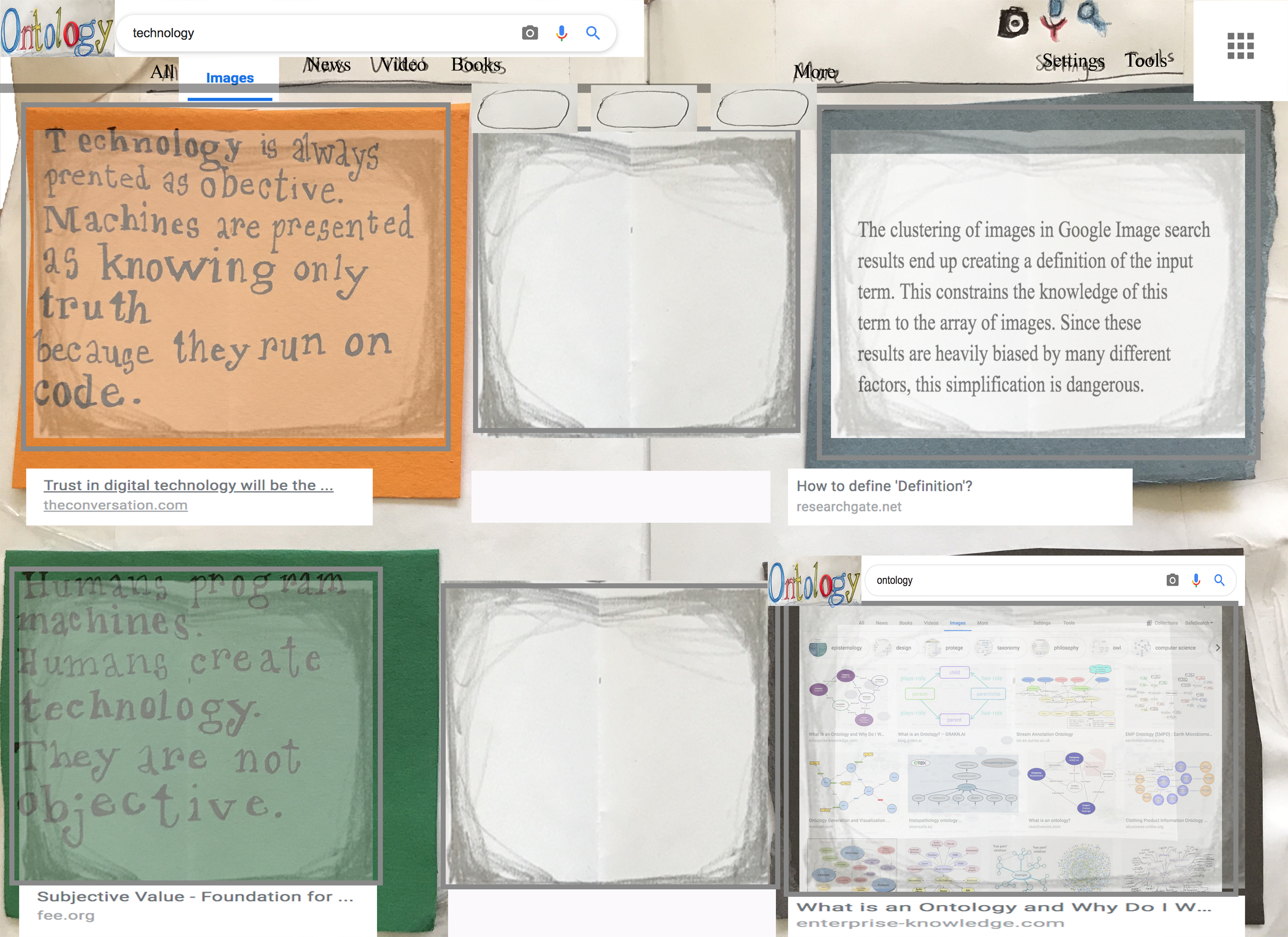
Cover, back, pgs1-6
Amazon Reviewer Portraits:
In this series I used Amazon reviews as a database of consumers and their activities. When you click on a particular reviewers name on Amazon you can see all of their previous reviews with the associated star rating. It is amusing how many are redundant, needlessly negative reviews of very basic items; for example, a 1 star review of toilet paper. I chose three reviewers who gave 1 star reviews of very basic, widely used items: Mini-coke, dish sponges, and toilet paper and created portraits of them based on all the cumulative items they have reviewed.
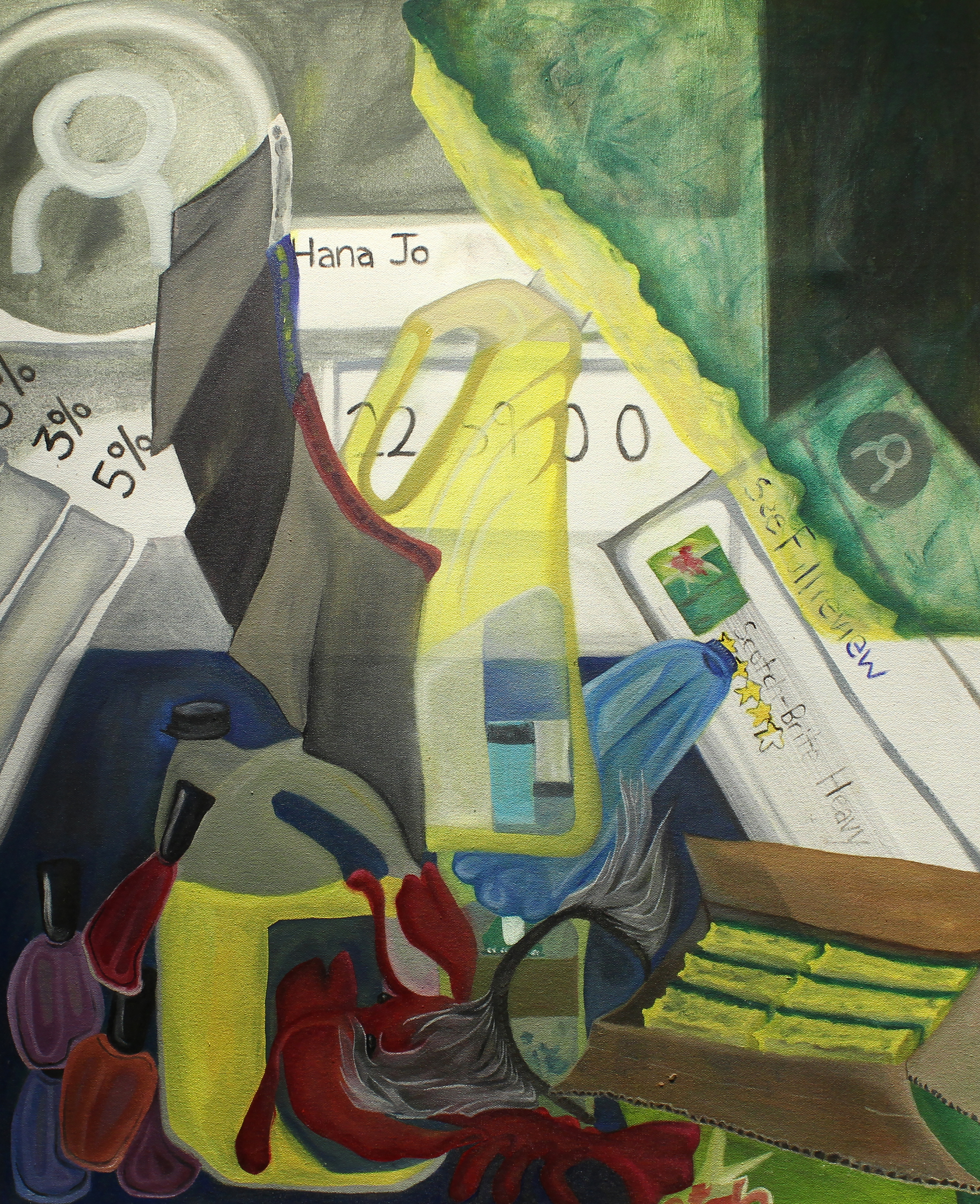
Sponge reviewer (Hana Jo),
Oil on canvas, 40”x30”, 2019
Oil on canvas, 40”x30”, 2019

Mini-coke reviewer (AmazonCustomer),
Oil on canvas, 40”x30”, 2019
Oil on canvas, 40”x30”, 2019
Copyright © Klara Vertes 2020